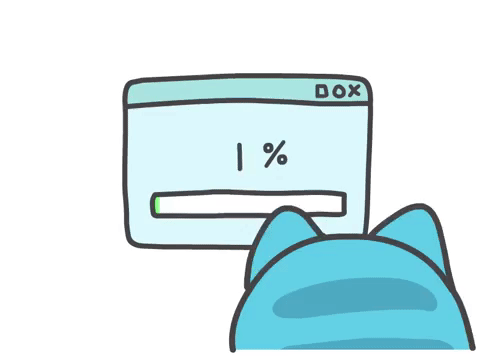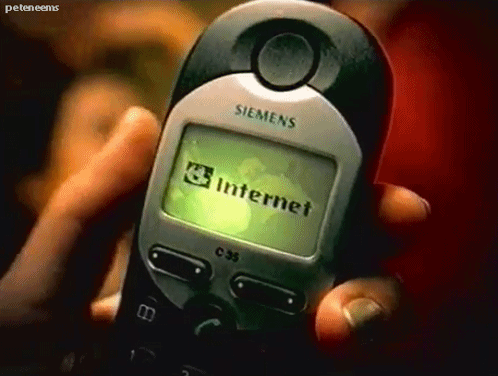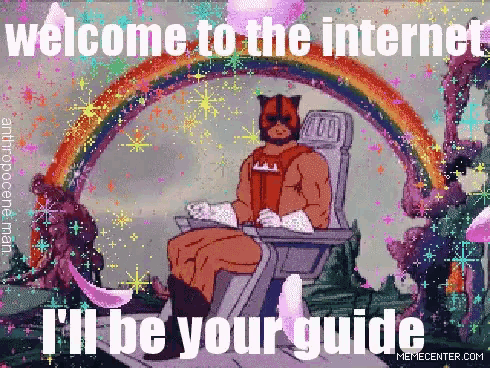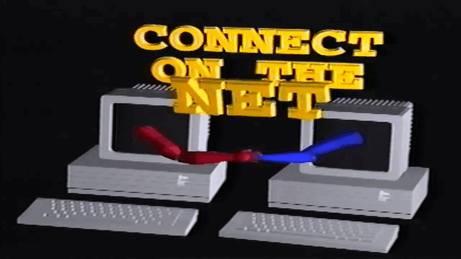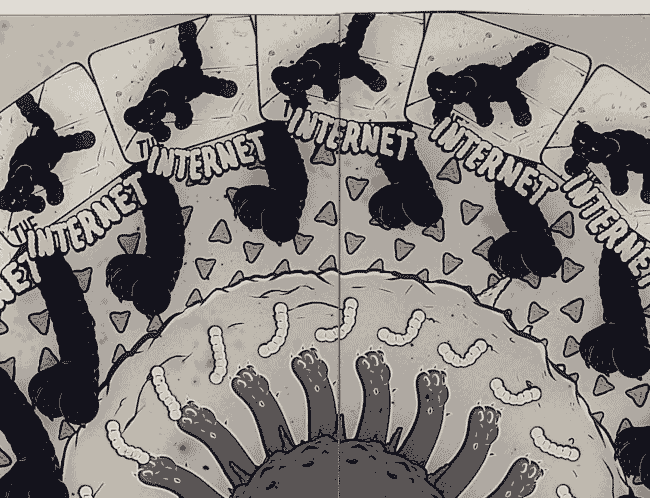Hello, everyone! This is a blog dedicated to the course material I learned in an online course at UW-Madison called Psychology of the Internet. In our course, we learn about how the internet plays a role in a variety of different aspects of life, including our emotions, communication, motivation, and more. Summaries of each topic, or unit, and personal reflections on them can be found using the tabs on this side bar.
Don't wanna be here? Send us removal request.
Photo
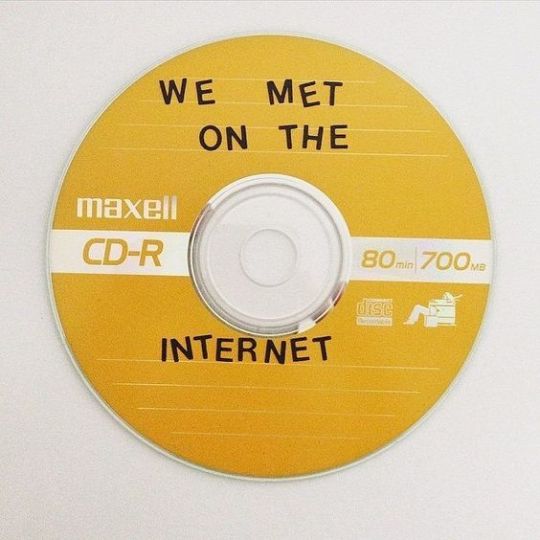
what does your mixtape sound like?
26K notes
·
View notes
Text
Unit 13: Clinical Psychology on the Internet + Unit 14: Looking Forward on the Internet
Unit 13: Clinical Psychology on the Internet
Addiction is a topic that is near and dear to my heart as an aspiring mental health social worker. I have thankfully been given direct exposure to a lot of the more seemingly “common” addictions through work experience, but have never had exposure to someone that was considered addicted to the internet. Perhaps this is because one cannot actually be addicted to just the internet!
In this unit, one of the most interesting points I learned was that while people can have addictions such as online shopping, online gambling, or pornography, their addiction isn’t actually about the internet itself – it is more so about their addiction to the activity regardless of whether or not the internet is involved. For example, online shoppers are more than likely addicted to shopping, online gamblers to gambling, and pornography viewers to sex.
Another interesting point I learned in this unit was that CBT practiced via the internet or some internet based medium is just as successful as face-to-face CBT. I was very skeptical of this at first because we have not talked about practicing any forms of therapy via anything but face-to-face interaction, but upon reflection, I realized that there is no real reason why CBT conducted online wouldn’t be successful. If anything, the client would be in an assumedly comfortable setting and still be having the necessary dialogues with their therapist about the used interventions.
We even practiced an informal version of this during our weekly group chat assignment. We each talked about what was stressing us out the most (we all said that we were scared of the last weeks of school where everything piles up) and used CBT skills we learned in the readings to try and help each other manage these feelings and anxiety.
Unit 14: Looking Forward on the Internet
Our last unit covered predictions about what would happen in the future of the internet. We started out by going over predictions that people have made in history about what our technology use would look like today, and I’m sure at the time they all sounded really far-fetched. But low and behold, so many of them came true. Here’s just a few of these predications that came true:
1) 1) In 1926, Nikola Tesla predicted that we would one day be able to instantly communicate with one another instantly regardless of the distance between people. Tesla also predicted that through television and "telephony" we would be able to see and hear one another perfectly clear as if in person and regardless of the distance between each other. Tesla predicted that this would all be done through "amazingly simple" instruments that could fit in our vest pockets. This came true with the modern cell phone and video chats that you can have on them.
2) 2) In 2007, Steve Jobs predicted that there would be a single device that was a phone, internet communicator, and iPod all in one. This came true and became even more complex as a device as time went on with our current iPhones.
3) 3) In 1976, Arthur Clark of AT&T predicted that one day there would be a high-definition TV screen with a keyboard on it that people could send messages to other people on, and not have to check those messages or respond to them right away. He was describing what is now known as texting on a cell phone.
4) 4) In 1995, Katie Couric took a very anti-internet stance for many reasons. One reason was that she predicted that people would be able to send her messages and information whenever they wanted rather than being able to not receive those messages (like choosing to ignore a phone call). This came true with e-mails, texts, and instant messaging.
5) 5) Douglas Adams predicted in 1999 that the internet would allow us to start connecting more for the simple purpose of staying in touch with one another rather than just communicating to one another only for business or work purposes. This came true with all forms of social media and iMessage.
This portion of the unit reminded me of the show Black Mirror, which is about future technologies that lead to our downfall. For example, some of the technologies featured in Black Mirror include: real life simulations of dating apps, being able to control someone’s life through your own computer, and more. However, I believe these examples are more so reflective of the fears that society has upon discovering new technologies (as we discussed in the very first unit).
Related to how technology is growing, we also learned about how Twitter can actually be used to predict the prevalence of something as seemingly unrelated as the flu (or at least I learned about this, as the article I chose to read was on this topic).
According to the Broniatowski, Paul, & Dredze article written in 2013 that investigated this exact question, the prevalence rates of the flu based off of tweets correlate highly with the prevalence rates of the flu from the actual Center For Disease Control and Prevention as well as the Department of Health and Mental Hygiene of New York City. The number of laboratory confirmed cases of the flu in San Diego were also highly correlated with the prevalence of the flu based off of tweets in Aslam et al.’s 2014 study that investigated the same question.
The internet is such a powerful, complex, and mind-boggling invention that is taking over our society. This is not necessarily a bad thing by any means. As we discussed throughout the course, the internet actually has so many benefits to it – it enables us to progress so much farther as a society in so many different respects. And the best part is that the internet has only been around for a short amount of time in the grand scheme of things…meaning it can only get even more complex from here!
0 notes
Text
Unit 11: Development and Aging with the Internet + Unit 12: Personality on the Internet
The internet has many, many benefits. One benefit that may be overlooked is the fact that internet use can actually benefit one’s development at several different stages of the life span.
While children are developing their linguistic abilities, studies have shown that having conversations with children via Skype works just as well in terms of learning new words as having face to face conversations does. Furthermore, using interactive talking tools (such as programs on iPads) also helps children develop their reading skills just as well as more traditional methods of learning does. I’m sure that many parents could be reading this and wonder what may be too much internet use for their child though, or wonder how to most effectively guide their children on the internet.
The answer is to act as a mentor to your children in regards to internet use. Do not worry so much about the exact amount of screen time that your children should be getting, but focus rather on making sure that you and your children are exploring the internet together, with guidance.
Internet use also promotes more than just linguistic development in children. Studies show that grade school children that spend more time on the internet actually report feeling less lonely. This is a really cool finding in particular because of how subject a grade school child may be to isolation.
The social piece of internet use also promotes self-esteem in teenagers, according to a survey conducted in 2011. Teenage years are so formative – they’re a time when people’s self-esteem is often less than they would like it to be. I can easily imagine how experiencing connectivity on the internet during one’s teenage years can mean the world.
Among the many benefits of the internet are also developmental benefits for those that are in their later stages of life. In this unit, we learned about a service that connects isolated elders to children in another country via video chat so that 1) the elders have someone to connect with and 2) the children in the other country could practice their English. Below is the video – it’s really sweet.
youtube
Unit 12: Personality on the Internet
Believe it or not, there are actually personality tests out there that have scientific backing—they’re not just “junk science” personality quizzes you find off Buzzfeed or scrolling through Facebook. Two personality tests of merit are the Five Factor Personality Test and the Big Five Personality test. Both of these tests split up their evaluation of personality into five traits: Openness, Conscientiousness, Extraversion, Agreeableness, and Neuroticism.
The personality tests tell you where you lie on a scale for each of these traits. However, it’s important to note that being on the lower end of any of these scales isn’t necessarily a bad thing! For example, scoring lowly on extraversion (so being identified as more of an introvert) comes with many benefits that are often overlooked by our society.
Contrary to popular belief, these personality traits actually are not something that can predict differences in how much people use the internet. The proportion of variance explained in the variation of internet use is very small if using the big five personality factors to predict it.
Another intersection between personality and the internet can be seen in “selfies”, or pictures you take of yourself. The most mind blowing (at least to me!) piece of information we discussed about selfies is the fact that there is an actual reason why we look terrible in selfies even if we think we look good in real life! The version of ourselves that we have in our heads is actually what we look like only in reflections. Our faces are asymmetrical, so this does look slightly different than what we would see in an iPhone camera, which shows what we look like without a reversed image in a reflection.
Sometimes it really is about the angle as well. If we hold the camera too close to our faces, which tends to happen when taking a selfie, our features may come out looking larger than they actually are just because of how close the camera is. Keep this in mind the next time you take a selfie that you think looks disgusting!
Here is a really cool video by the Washington Post that explains the many reasons why you may think you look bad in a selfie you take even if you KNOW you look good that day.
youtube
0 notes




